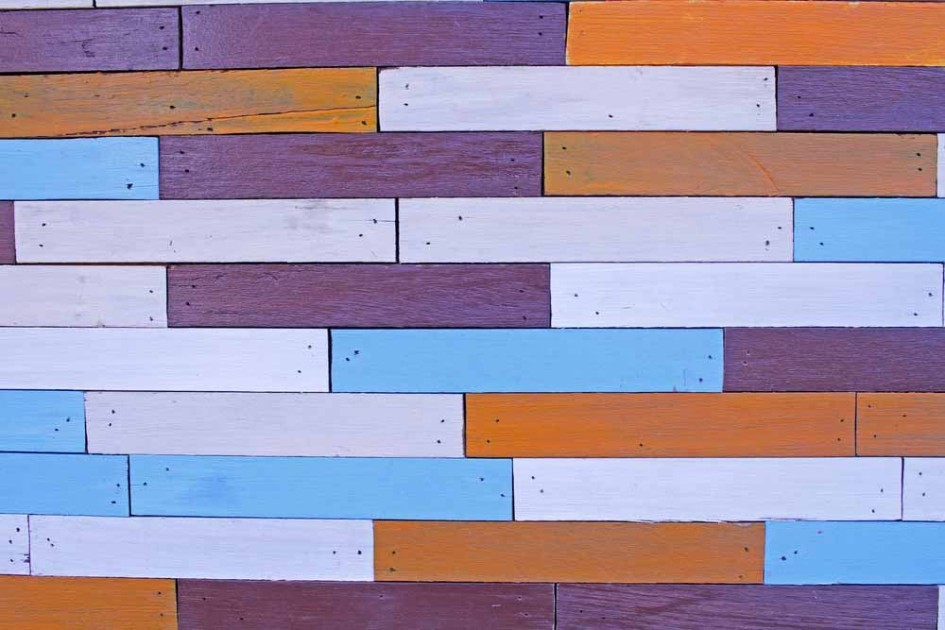The Minnesota Supreme Court affirmed an appraisal award in favor of the Cedar Bluff Townhome Condominium Association for total replacement of all siding on the insured building, rather than just the hail-damaged siding. Cedar Bluff Townhome Condominium Assoc, Inc. v. American Family Mut Ins. Co., 857 N.W. 2d 290 (Minn. 2014).
American Family Mutual Insurance Company (American Family) issued an insurance policy covering 20 multi-unit residential buildings that were damaged during a hail storm. Replacement siding was available from the same manufacturer with the same specifications, but the panels were not available in the same color. At the time of the damage, the siding panels were approximately 11 years old.
The policy obligated American Family to pay for “direct physical loss of or damage to Covered Property at the premises … caused by or resulting from any Covered Cause of Loss.” (emphasis added). American Family elected to pay the cost of repairing or replacing the lost or damaged property. Replacement cost was to be determined based on the cost to replace the “lost or damaged property with other property … [o]f comparable material and quality.” (emphasis added).
Cedar Bluff argued all of the siding panels needed to be replaced, including the siding that did not suffer storm damage, in order to avoid a color mismatch. American Family disagreed and argued that the policy only required replacement of the damaged siding panels, even though the replacement panels were slightly darker or slightly lighter than the original panels.
In its award in favor of Cedar Bluff, the appraisal panel noted that “there was not a reasonable match available for the existing siding materials” and thus awarded “a total replacement of the siding”. The appraisal panel concluded that American Family had to provide for a reasonable color match because the policy required replacement “with comparable materials of like kind and quality.”
The Minnesota Supreme Court agreed with the appraisal panel that “of comparable material and quality” meant replacing the siding panels with a reasonable color match. Here, while the same materials and same specifications were available, the same or similar color was not. The Court held “[b]ecause of the color mismatch resulting from the inability to replace the hail-damaged siding panels with siding of ‘comparable material and quality,’ the covered property—Cedar Bluff’s ‘buildings’— [ ] sustained a ‘distinct, demonstrable, and physical alteration.’” Accordingly, American Family was ordered to replace all the siding panels, even the undamaged ones so that a reasonable color match could occur.
Tressler Comments
This decision has the potential to force insurers to pay for replacement of entire roofs, floors, walls, etc. when any part of them is damaged, based upon an argument that the new material will not “match” the old. However, the Minnesota Supreme Court appears to appreciate that risk, and expressly limited its decision to the particular facts of this case and the particular policy language at issue. Thus, the question of how perfectly new materials must “match” old materials will likely be resolved on a case-by-case basis.
